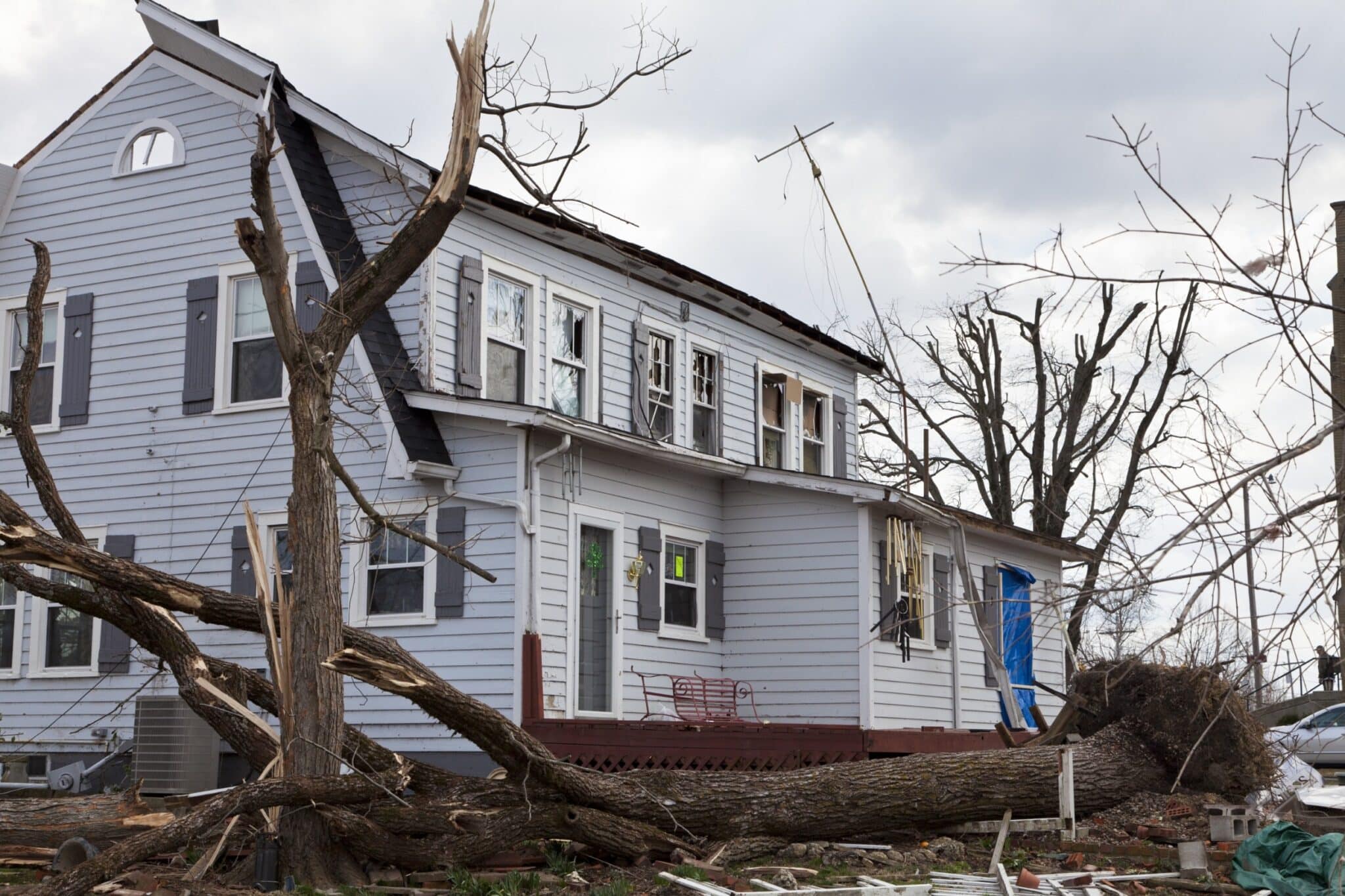
Hurricane season is in full force in Hampton Roads. Is your home ready for the next big storm?
While it’s impossible to completely hurricane-proof your home, there are many steps you can take, when building a new home or upgrading your existing home, to mitigate the risk of major damage.
I asked Mike Reedy, Quality Built Exteriors owner and Wavy TV10 Expert On Your Side, some of the most frequently asked questions about protecting homes and businesses from powerful storms:
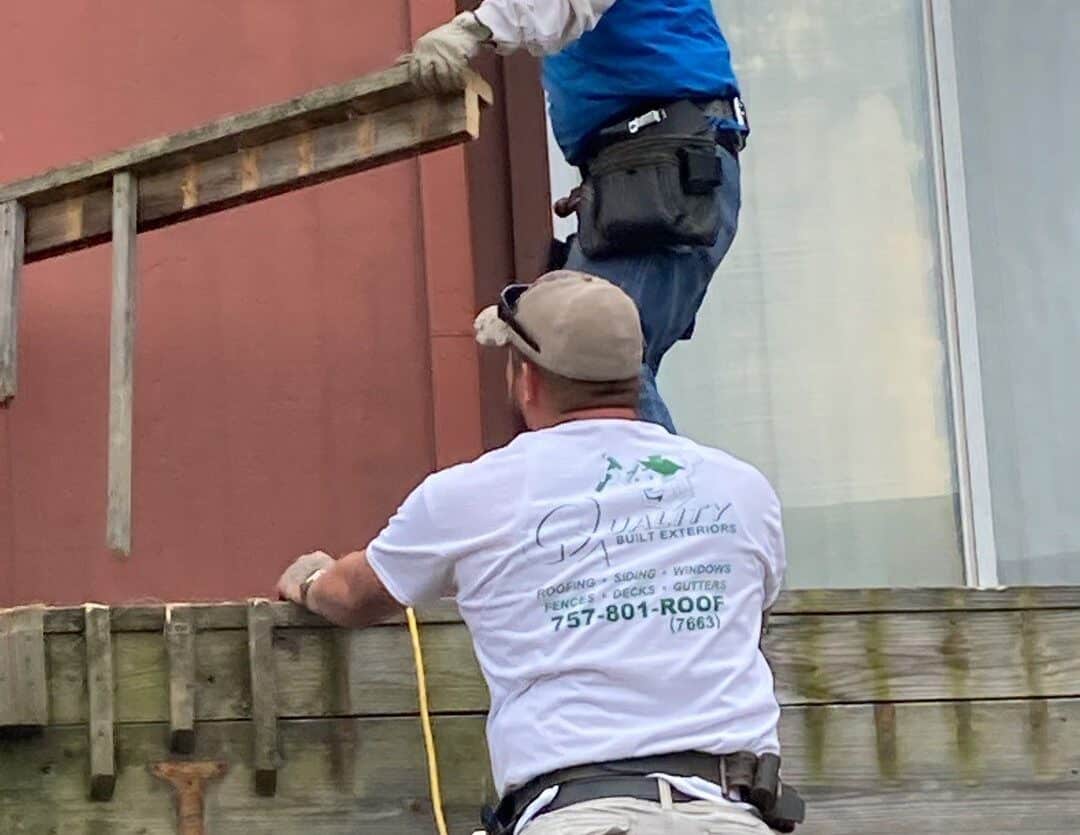
1. What’s your experience with home construction for Hampton Roads weather?
I’ve been in the exterior home remodeling business since 2005, and before that I was buying and selling houses as rental properties. I quickly learned the value of replacing with quality materials versus repairing problems with builder-grade products. (I was both the customer and contractor). I learned what would hold up well in our area and what wouldn’t. Based on that personal experience and the experience of our skilled team members, Quality Built Exteriors is highly knowledgeable about the best practices and materials needed for hurricane-prone areas. We hear back from customers after Nor’easters and worse, where our siding or windows or roofing were the only one that held up, while the neighbors had used someone else and ended up with damage.
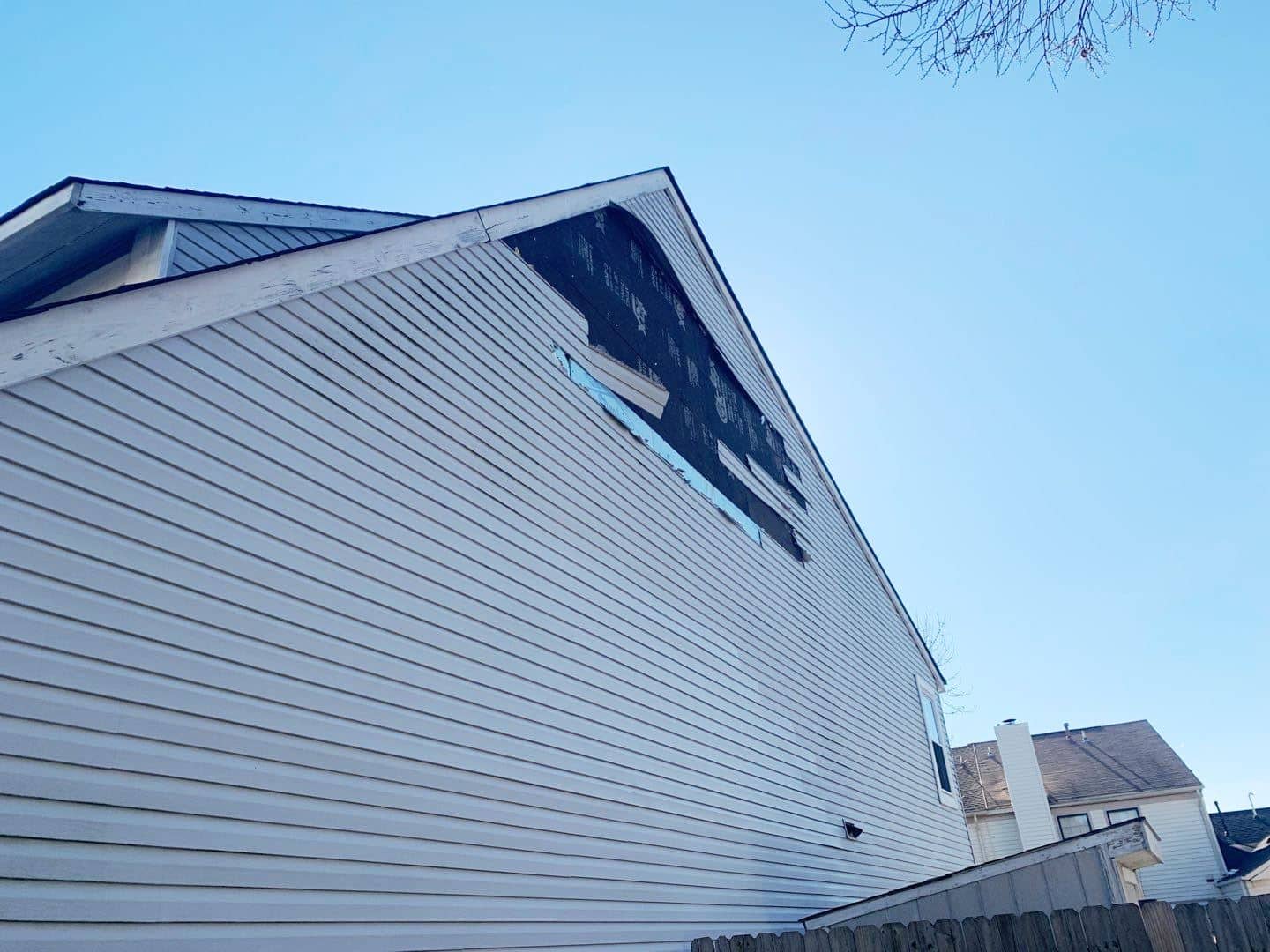
2. What are the most common types of hurricane damage you get called about, and how can homeowners prevent it?
Well, there’s no way to fully prevent hurricane damage. If the storm is strong enough, it’s possible for it to damage your home. We see a lot of trees falling onto structures, so an easy prevention measure is to remove any large, ailing or frail trees that are too close to the home.
The most common hurricane damage we see is siding or shingles blowing off of homes, and the leaks that occur from that damage. The only way to reduce this type of damage is to have your roof, windows, doors and siding properly installed to begin with. Those are the four main points of weakness when it comes to hurricanes and are the most important parts of your home that need to be done right if you want to reduce wind and rain damage. If your roof, windows, doors and siding aren’t properly prepared, installed and sealed, then when a storm hits, there’s really nothing you can do—besides fix the damage afterward
It’s much easier to protect your home from storm damage if you implement prevention measures up front when building the home or when having replacement work done. Always use a reputable contractor, ideally one that specializes in hurricane damage prevention techniques, and ask about a repair warranty (we offer that, but most contractors don’t). Many builders will do the work “to code” but nothing beyond that. Codes are designed for water coming down, not blowing upward. Living in a hurricane-prone area means having to go a step further than is required by basic codes, in order to really protect the structure. This means spending a bit extra up front to prevent damage later.
Hurricane-proofing examples include:
- Building the frame with 2×6’ wood instead of the 2×4’ required by code
- Using triple-pane windows with higher pressure ratings (we use 50-pound pressure windows)
- Installing a hurricane mat or ice & water shield under your roofing materials
- Installing quality siding and shingles rated for high-wind areas
- Paying special attention to all areas with flashing, especially roof valleys and channels
- Using stronger glues and adhesives
- Using high-quality caulk around any entry points
- Constructing strong retaining walls and elevating the home in flood-prone areas
To prevent damage to an existing home, be sure to keep all doors and windows caulked, and regularly inspect and repair any areas with flashing (windows, chimneys, and roof valleys, channels and pipe collars).
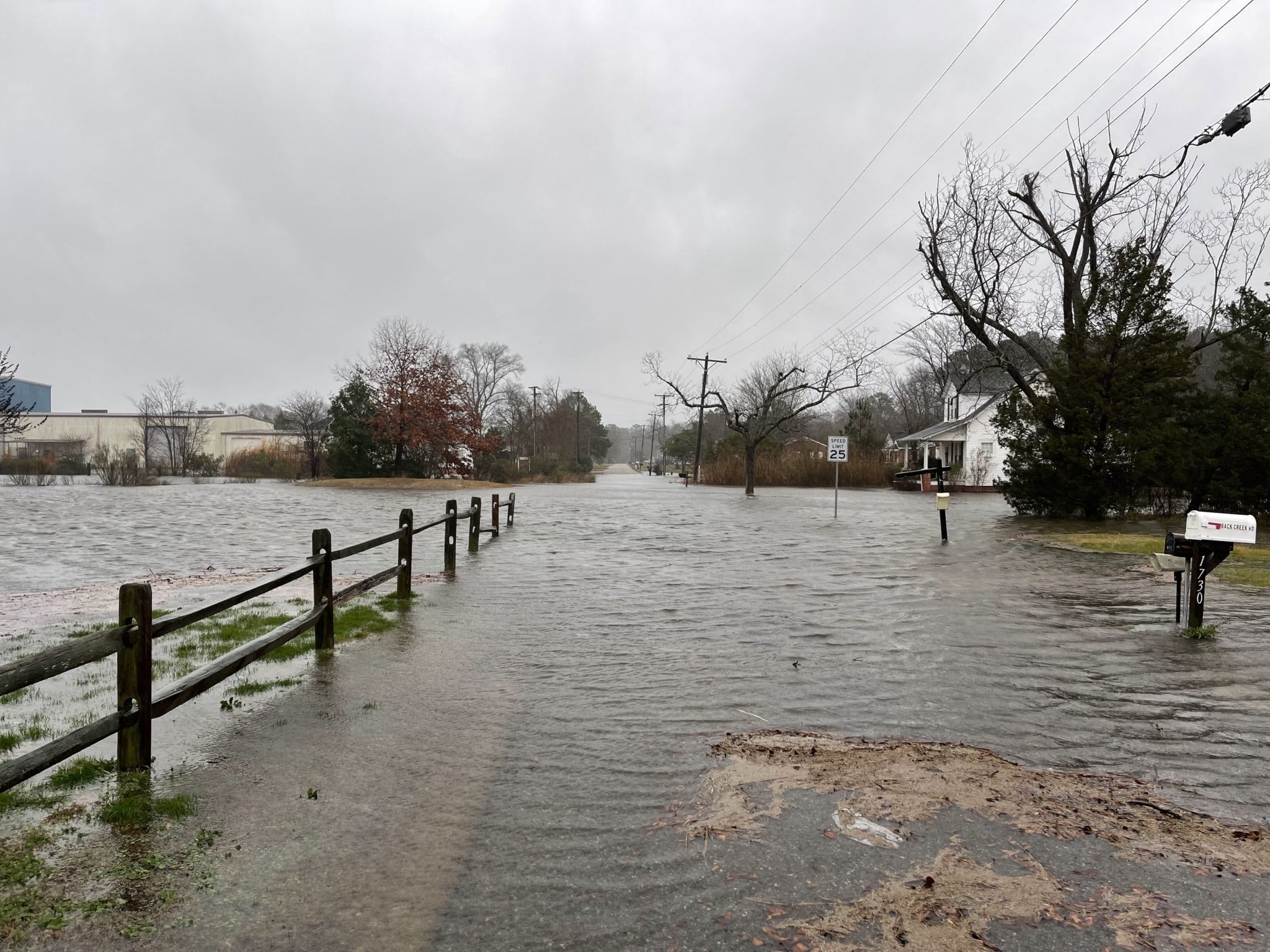
3. Is hurricane-resistant construction becoming more common?
I don’t see hurricane-resistant construction getting more common… But it should. I’ve done this a long time, but don’t know of many others doing it in our area.
Years ago, I noticed storm damage was a big problem here in Hampton Roads, so I decided to solve it. We set the standard in our area by doing everything “hurricane ready.” It may cost more up front to use hurricane-rated materials, and we may occasionally lose jobs because some homeowners just want the work done as cheaply as possible, but in the long run, it’s better for our customers and for the company. We’re not called back a few years later to fix storm damage, and they have a structurally sound home for decades. It’s a win-win to do it right from the start.

4. Are the building codes in our area changing to reflect more active hurricane seasons?
No, the building codes have not changed recently in the Hampton Roads area to reflect increasing hurricane activity. Occasionally local officials will talk about adopting parts of Florida’s building code, which is much more stringent. But because it might cause an issue for businesses, they end up voting it down. Florida’s code is much stronger and just makes sense, so we refer to it often and recommend building to that standard whenever possible.
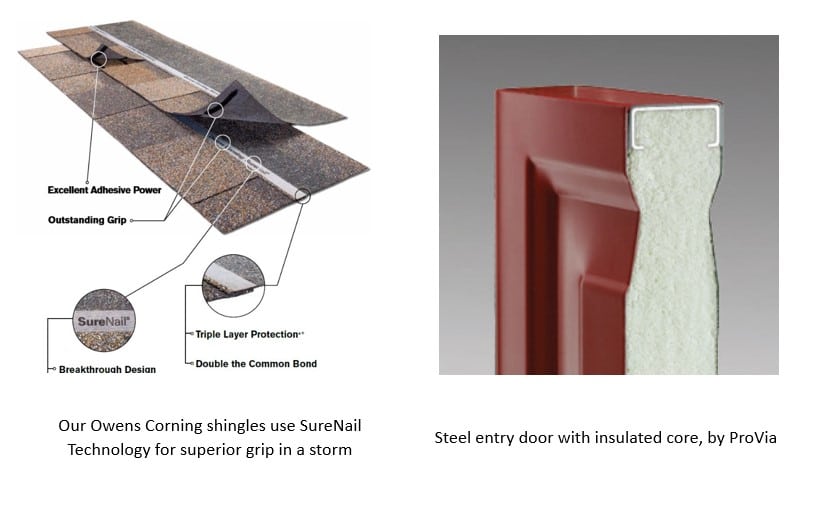
5. What are some common hurricane-resistant features for homes?
Unfortunately, I don’t see enough hurricane-resistant features in existing homes. Most people aren’t thinking about storm damage when they’re building a new home or having work done to their home, but they should be.
I tell potential customers that what’s underneath is just as important as what you see from the outside. The quality of the underlayment, hurricane mat, adhesives, caulks, etc. will make a huge difference in the lifespan of the work and the amount of damage sustained in a storm.

6. If you were building a hurricane-resistant home, what features would you include?
If I were building a hurricane-resistant home, I would start with a deeper and stronger footer and foundation, way beyond what the code requires. I would pour the concrete thicker (6” instead of 4”). I would build the frame with 2×6’ wood instead of 2×4’, and might even consider using steel instead. If I were in a flood-prone area, I would elevate the home.
I would pay special attention to the windows, roofing and siding, making sure each of those items are premium quality and rated for high winds. I would use strong adhesives for the roof and siding, and would seal and fully protect underneath both. I would install ProVia triple-pane windows, with a 50-pound pressure rating, and doors with refrigerator foam for better insulation, and caulk around both very well. I would grade the yard beyond the required 10’ from the house, so that the yard is level and won’t drain back toward the foundation.
Sadly, the average person just won’t justify spending the extra money for these upgrades, because the cost is significantly higher than builder-grade materials and construction. You could spend $6,000 to $7,000 more just on upgraded windows and anywhere from $75,000 – $100,000 more to make your entire home hurricane-resistant. Of course, it’s all worth it when the big storm hits… even if you have good insurance, deductibles in Hampton Roads are usually a percentage of the total cost. And avoiding the months of waiting for overwhelmed contractors to finally get to your house—which might be uninhabitable until then—is priceless.
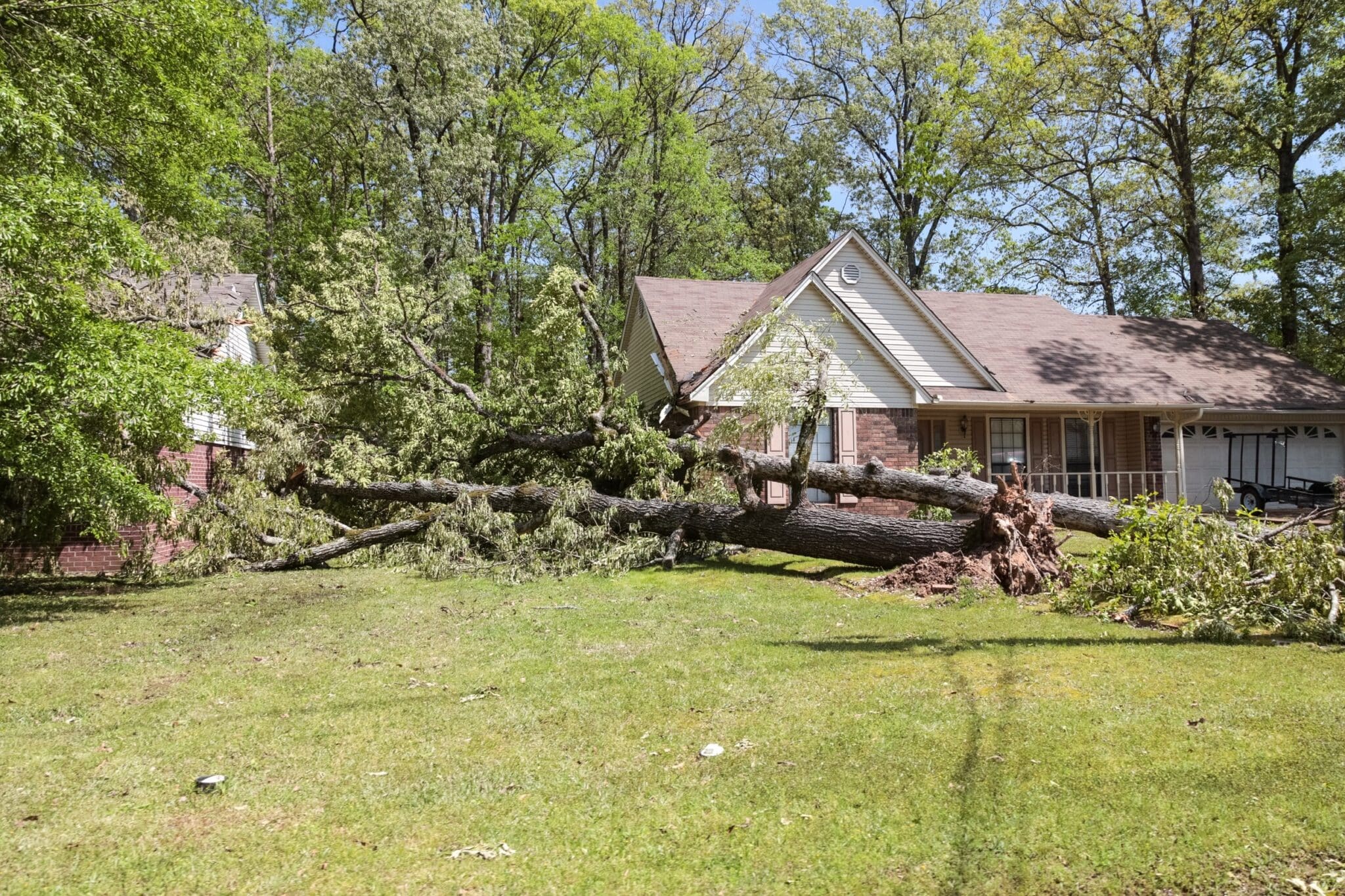
7. What advice would you give someone looking to buy or build a hurricane-resistant home?
If you’re looking to build a hurricane-resistant home, make sure you work with a roofing, siding, and window/door company that is trusted and will go above and beyond. Ask your architect to run the plans by a structural engineer, who can recommend ways to make the structure even stronger and take it above the beyond required building codes.
I would tell someone looking to build a hurricane-resistant home or make their existing home more storm-resistant, that it’s totally worth it to spend the extra money on the highest quality roofing, siding, doors and windows. Those four things protect everything else in your home.
Quality Built Exteriors is a “WAVY TV10 Expert On Your Side.” Owner Mike Reedy recently appeared to discuss tips to protect your home’s siding and roofing from hurricane damage. Check out that interview here: https://qualitybuiltexteriors.com/quality-built-owner-shares-hurricane-prep-tips-on-hampton-roads-show/
GIVE QBX A WHIRL!
If you need help upgrading your home to be more hurricane-resistant, call Quality Built Exteriors today for a free quote. Trust the company that set the storm standards in Hampton Roads with your home improvement needs, both before and after the storm!


